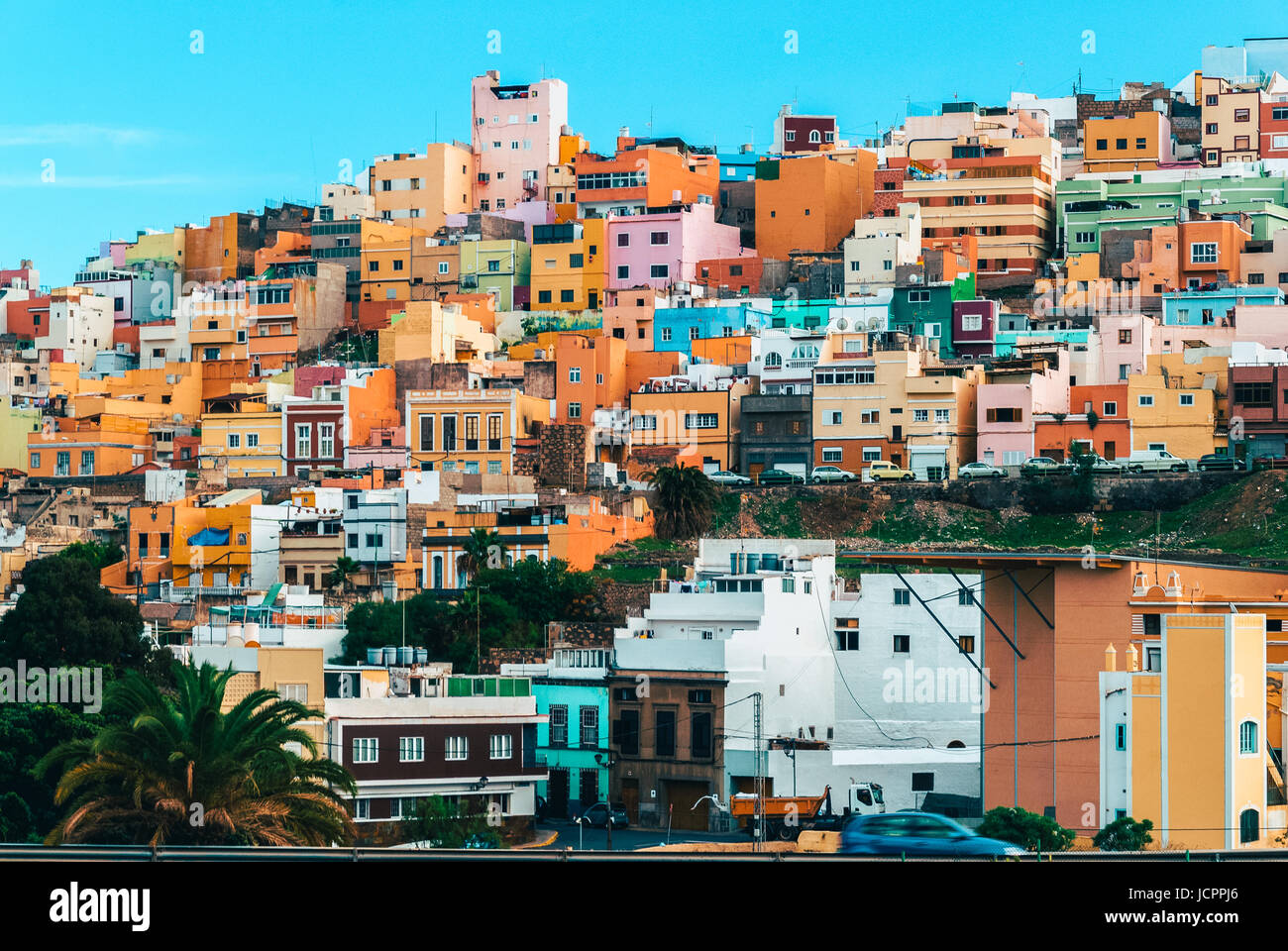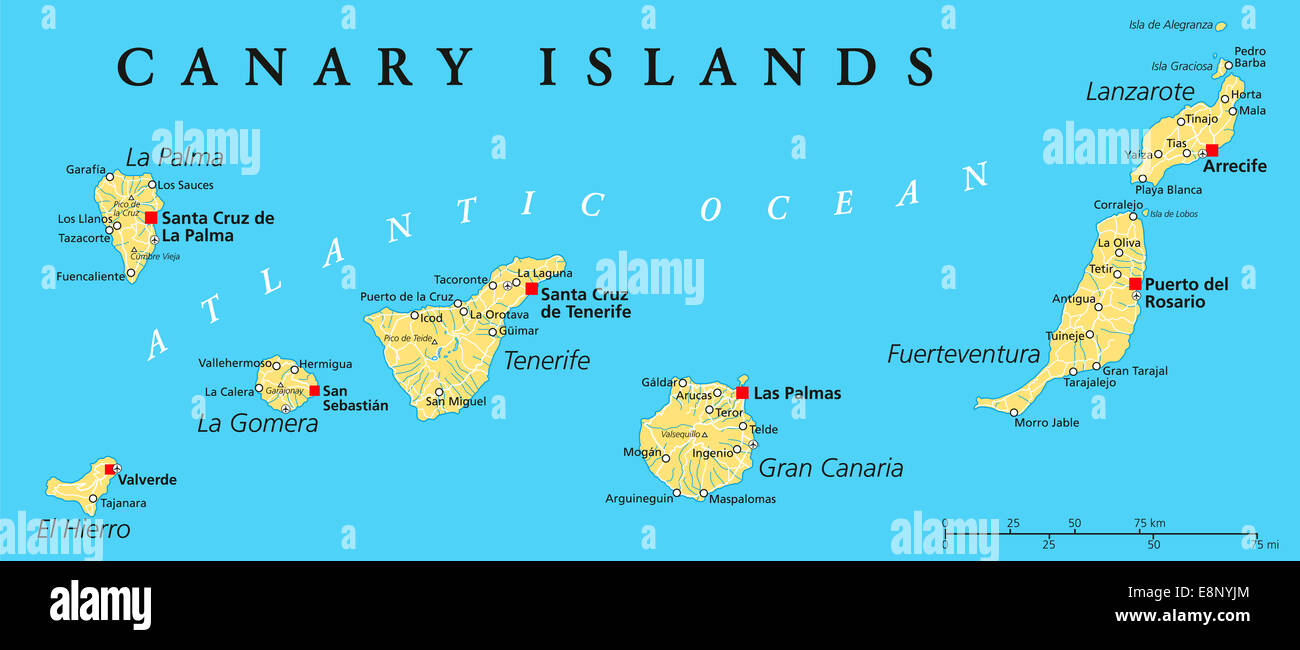
There are also historical minorities such as Indians, Koreans and lately Russians. Since the Canary Islands are a major European tourist destination, all the major islands have well-developed communication systems, airports, and ports.Įthnically the population is mostly a mix of Spanish, European (German and British), South American, and especially Cuban and Venezuelan as well as Northern and Sub-Sahara African. The islands have a population of 2 million. Other destinations Understand Demographics Santa Cruz de Tenerife - another capital of the Canary Islands, situated on Tenerife.Las Palmas - the largest city, situated on Gran Canaria and one of the capitals of the Canary Islands.The Cumbre Vieja is active but dormant, with the last eruption occurring in 1971 at the Teneguia vent, located at the southern end of the Cumbre Vieja. The southern part of La Palma is dominated by the Cumbre Vieja, a volcanic ridge formed by numerous volcanic cones built of lava and scoria. La Palma's geographic layout is a result of the volcanic formation of the island. La Palma - The total population is about 86,000, of which 18,000 (2003 data) live in the capital, Santa Cruz de la Palma and about 20,000 (2004 data) in Los Llanos de Aridane.This whistled language is indigenous to the island, and its existence has been documented since Roman times. The local people have a unique way of communicating across deep ravines by using a whistled speech called Silbo Gomero. Other cultural dishes include almogrote, a cheese spread, and a syrup extracted from palm trees called miel de palma. The local wine has a distinct taste, and is often accompanied with a tapa (snack) of local cheese, roasted pork or goat meat. It is home to the only remaining Laurisilva rain forest in northern Africa. These barrancos, in turn, are covered by the laurisilva ((laurel rain forest)). The terrain is rough, which has left deep ravines or barrancos between them. La Gomera - The Magic Isle - walker's paradise.This area is preserved as the Timanfaya National Park. The greatest recorded eruptions occurred between 17. The island, along with others, emerged after the breakup of the African and the American continental plates. The capital is Arrecife and has its own airport (ACE code). Lanzarote - is the third most popular receiving 2.92 million tourists in 2016 and low lying and arid, with a spectacular volcanic landscape in the west of the island (National Park of Timanfaya).

Green and steep in the north, dry and flat in the south. Gran Canaria - is the second most popular receiving 4.22 million tourists in 2016 and the largest island by population, its capital city (Las Palmas de Gran Canaria) has the shared title of capital of the Canaries.Here you can find the oldest university in the Canary Islands.

Another popular city on the island is San Cristobal de La Laguna. With a population of 899,833 people, it is the most populated island.

The title of capital city is shared with San Cristóbal de La Laguna. The Capital city is Santa Cruz de Tenerife, home to the Canary Island Parliament. 3rd largest volcano in the world in extension (Volcano 3718 meters high). Volcanic activity did not begin to occur here until eight to twelve million years ago, while other islands had it well over 20 million years ago. As the largest island of the seven, its oldest mountain ranges are young compared to its neighboring islands.


 0 kommentar(er)
0 kommentar(er)
